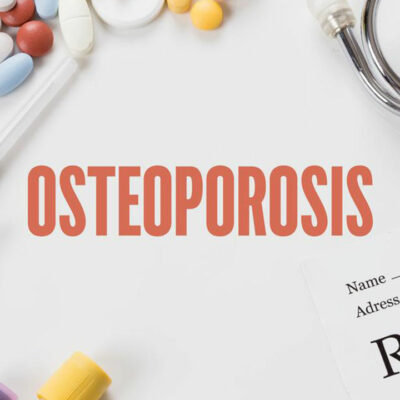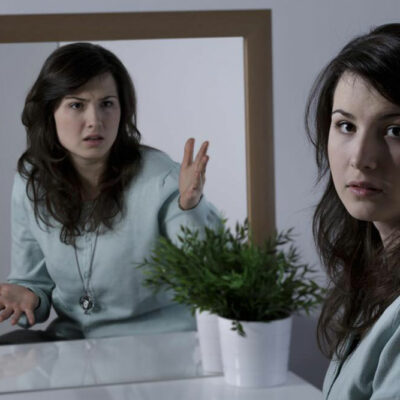
Diseases & Conditions
Osteoarthritis – How to Treat it
Arthritis, a disease of the joints, causes swelling and tenderness in the joints. The most prominent symptoms of arthritis are joint pain and stiffness, which worsen with time. Arthritis is of two types: rheumatoid arthritis and osteoarthritis. Osteoarthritis is one of the most common types of arthritis. It affects people when their joints are overused. Although this condition mostly affects people when they reach old age, it can also occur due to joint injuries or obesity, as they cause excess stress on the joints. One’s knees, hips, feet, and spine are most likely to feel the pain as these bear the most weight. These are also the most common joints to be affected by osteoarthritis. Healthy joints have a coating of cartilage that’s tough yet smooth and slippery. These cartilages cover the surface of the bones and allow the bones to move freely against each other. However, in osteoarthritis, the cartilage becomes thin and the surface becomes rough, which prevents the joints from moving freely. Osteoarthritis can affect the joints of the neck, lower back, hips, the base of the thumb, ends of fingers, knees, and the base of the big toe. Treatment and medication The treatments of osteoporosis include medications and lifestyle changes.




















